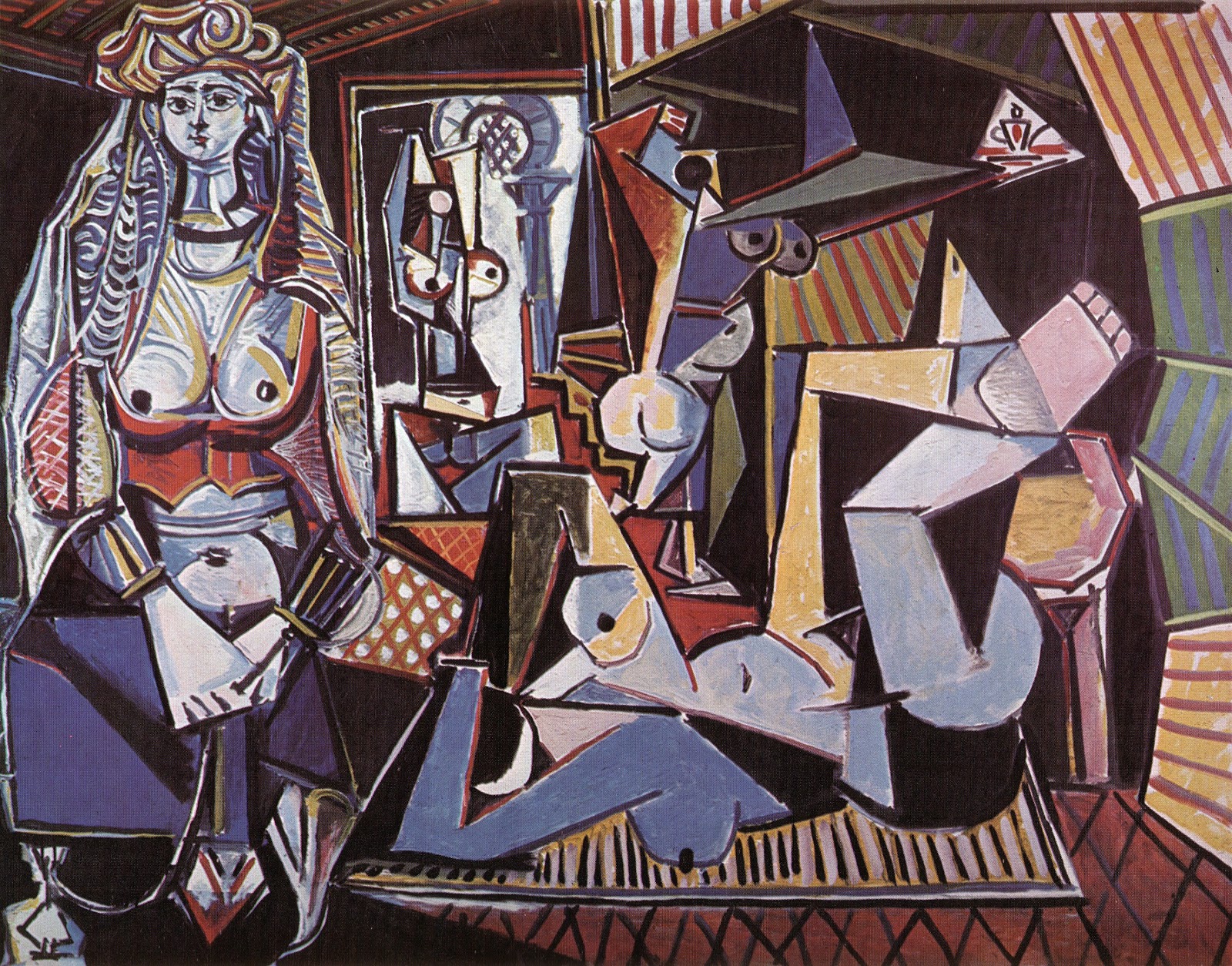Remembering Baya, the Algerian Artist Who Inspired Picasso

At only age sixteen, Algerian artist Baya solidified her place in the canon of art history as the girl who influenced Picasso; however, her art and legacy are greater than that tagline. It is essential to understand who this artist was and the conditions under which she inaugurated her career in order to do justice to her legacy. As an Algerian-American, everything that I have learned about Muslim female cultural icons, I have had to learn myself or from other women of color. My aim here is to make my contribution of filling the deafening void where information on women like Baya should be.
Baya Mahieddine was a Kabyle girl born with the name of Fatma Haddad. She was born in a 1931 in an Algiers suburb and was raised by her grandmother after she was orphaned at age five. At age 11, she was taken in as a servant by a Frenchwoman living in Algiers named Marguerite Caminat, who was herself an art collector and immediately recognized Baya’s artistic talent in the clay figurines that she would craft.
She was entirely self-taught and never received classical artistic training. Yet, with the help of Caminat’s connections to the art scene in France, Baya was able to travel across the Mediterranean to Paris to host her first exhibition in 1947 in Aimé Maeght’s gallery.
Baya’s paintings are cascading scenes void of sharp edges, rendered abstract in her fluid and repetitive compositions. Her most recurrent motifs were women, animals, and vegetation, as in the example of her 1947 painting, Femme robe jaune cheveux bleus (Woman with blue hair in a yellow dress), where she depicts a woman with two peacocks in place of her ovaries and a red butterfly over her vulva. Her primary medium was gouache, which is a more opaque, textured type of watercolor that allows for deeper colors and more striking scenes. The devoted repetition of motifs–women and nature–indicated that she was inspired by personal memories and experiences that were informed by her Algerian roots. When asked about her work, Baya explained that she composed happy scenes as a therapy for the unhappiness in her life.
Femme robe jaune cheveux bleus (Woman with blue hair in a yellow dress), 1947. Gouache on board, 27 5⁄8 x 21 1⁄4 in. (70.2 x 54 cm). Grey Art Gallery NYU.
Her work caught the attention of the surrealists, who claimed her dreamlike art as part of their movement, as well as the fascination of Pablo Picasso. He was taken by the vibrant, captivating quality of her “childlike” compositions. This perspective, coupled with the fact that Baya was “untrained” in the classical sense, created the framework for their entire interaction. Picasso invited her to train with him several summers in a row, and she was said to be the inspiration for his famed 1955 Women of Algiers series. His patronizing impression of Baya as a “naive” artist and his subsequent orientalist fantasy series say more about Picasso and the imperialist ideologies rooted in his work than it does about Baya as an artist.
Baya’s art is politicized by the fact that she lived through the entire Algerian war for independence and that it was the Frenchwoman she served who connected her to Paris. Baya’s artistic legacy is an example of how, under France’s cultural imperialism, the only way for an Algerian artist to have widespread influence is to have the doors to the metropole opened for them. By virtue of being Algerian, Baya was on the fringes of the European avant-garde, yet her connections to France made her an insider to a world that most Algerians living under colonial rule were never exposed to.
Calling Baya’s art “naive” and “childlike” is a disservice to her and every African artist whose legitimacy was undercut by external socio-political forces, such as French colonialism in Algeria, the collective orientalist consciousness of the European avant-garde, and the renown of primitivists like Picasso. When extracted from the context of these forces, one can see with clarity that Baya was an indigenous woman in an Algiers suburb who used her incredible gift to translate the pain in her life into art.




